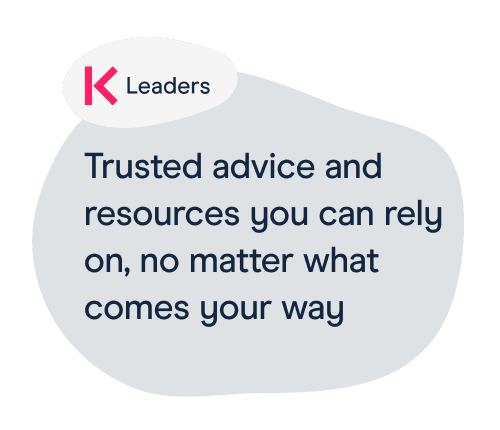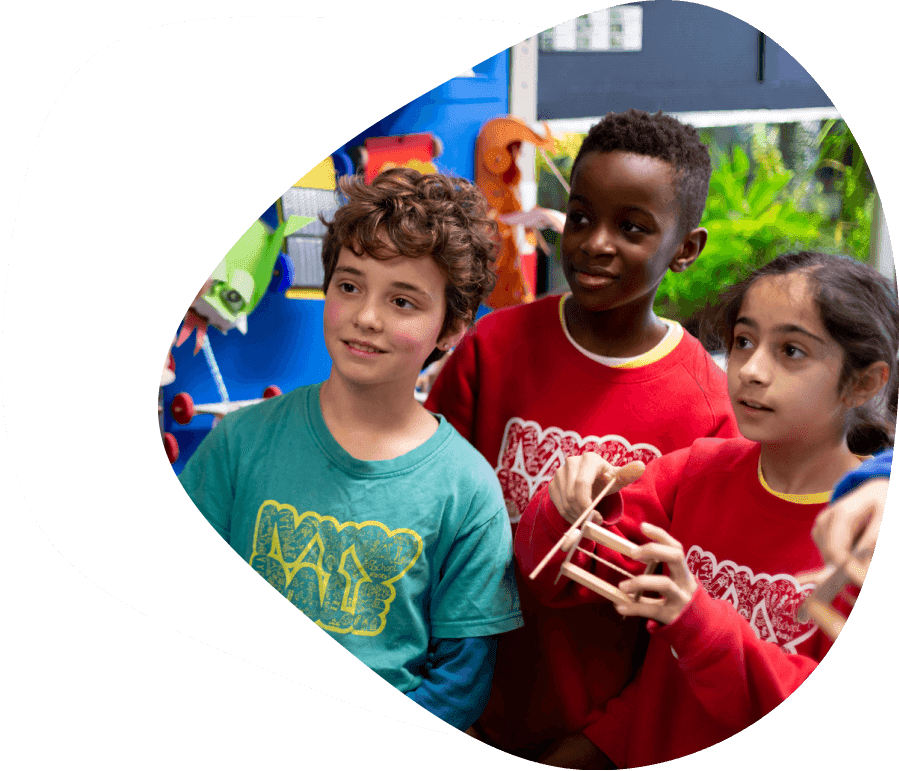A greater focus on early language and vocabulary
The updated EYFS framework includes more emphasis on communication and language (1 of the 3 'prime' areas of learning and development), through:
- Quality back-and-forth interactions with adults and peers
- Active engagement with a range of texts, such as stories, non-fiction and poems
- Extensive opportunities to use and embed new words in a range of contexts
This more detailed approach to communication and language follows the principle that 'the development of children’s spoken language underpins all 7 areas of learning and development'.
See page 8 of the updated framework, and read more about the full changes to the framework in our other article.
Early learning goals in communication and language
Early learning goals (ELGs) define the level of development teachers should expect children to have attained by the end of the EYFS.
Narrow language development gaps Increase overall attainment for

